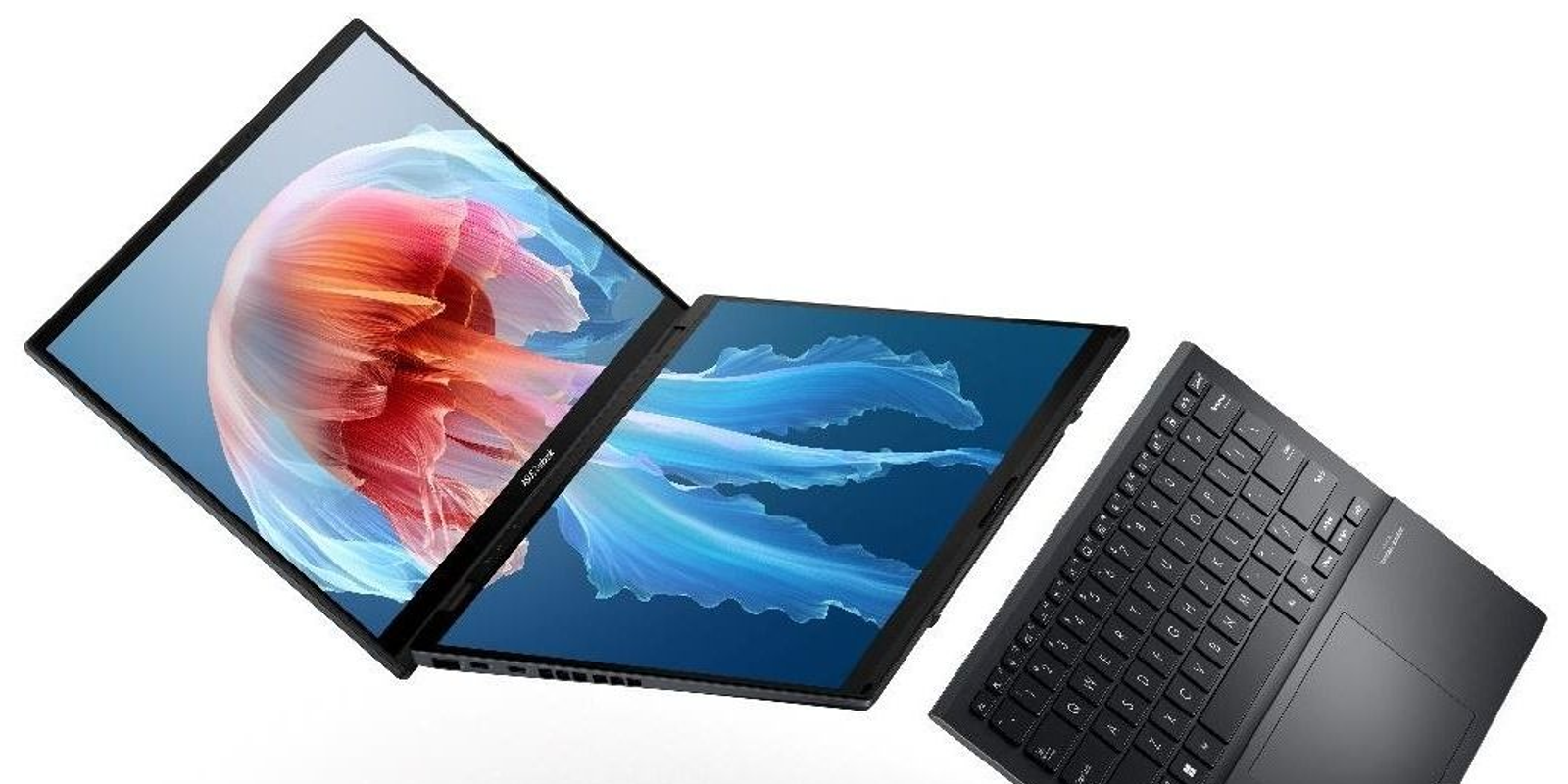Asus was one of the first companies to launch laptops with an OLED screen, so it didn't surprise us that the Zenbook Duo also got this type of screen. Thanks to this, the image quality is terrifyingly good!
Colors are beautiful, blacks are deep, and contrast is excellent. And thanks to the huge, higher-than-usual resolution (2880 x 1800 pixels), detail is also excellent.
The only thing I didn't like was that the screen was mirrored, which can be very confusing at times. Not least because its brightness isn't terribly high, it's 375 nits based on measurements made in the editorial office, which is why the picture doesn't look very good outside in the light anyway. 120 frames (so-called frames) can be displayed on 14-inch screens every second, and thanks to this, the reproduction of movements is continuous enough. There is absolutely no stuttering or stuttering when turning pages or scrolling.
A high refresh rate will also be useful for gaming, but this model is only suitable for gaming to a limited extent. Although it has an excellent Intel Core Ultra 9 processor and a whopping 32GB of RAM, it lacks a discrete video card. This is necessary for modern games with good graphics, as well as for 3D modeling programs. However, it's excellent for everything else, and you don't have to worry about it overheating. Of course, you can even watch high-resolution HDR movies on it, which was supported by an unusually good built-in sound system. The volume is large enough, and the speech is clear and free of errors, crackles and buzz.
When it comes to judging a laptop, the power supply is key, and Asus seems to realize that too. The Zenbook Duo is equipped with a 75Wh battery, which is great, which is definitely necessary because of the two displays. If both displays are working, a single charge can be used for a maximum of 6-7 hours. However, if used as a traditional laptop, it can be used for up to 14 hours without anyone plugging it into an outlet.












































